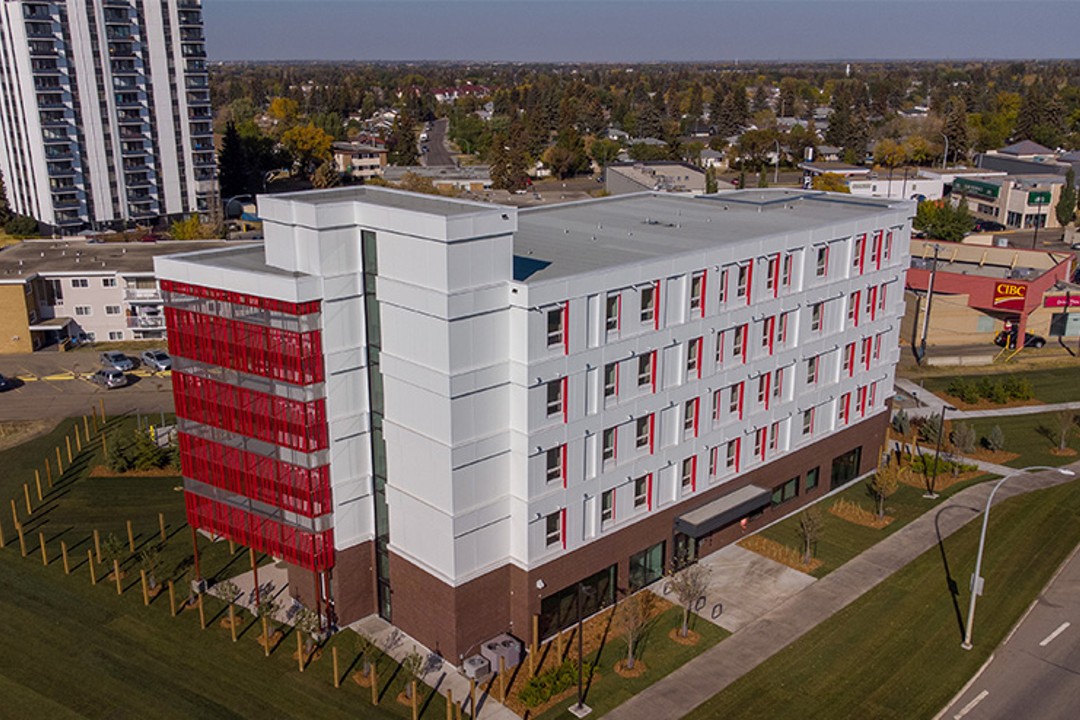
Why the decline in public housing is 'the origins of Canada's housing crisis'
As Edmonton enters an election period while nearly 4,700 residents are homeless, Taproot spoke to experts with Community Housing Canada and the Collins Lab for Urban Excellence at the University of Alberta to learn more about Edmonton's supply of non-market housing.
Damian Collins, professor of human geography at the university, told Taproot the federal government started to withdraw financial support for the construction of public housing at the end of the Brian Mulroney government in the early 1990s and the beginning of the Jean Chrétien government that followed — and subsequent governments followed suit.
"It's the origins of Canada's housing crisis," Collins said.
The City of Edmonton recently said there are fewer than 17,000 units of housing across Edmonton that the poorest residents can afford, and that 46,000 households are living somewhere they can't afford, is crowded, or is unsafe.
Experts suggested the overall supply of housing built with either partial or full subsidies from public governments has played a role in the housing pressures many people in cities, including Edmonton, are now experiencing.
That supply of public housing traces its roots back to 1946, when the federal government created the Central (now Canadian) Mortgage and Housing Corporation to offer a new 25-year, low-interest mortgage to veterans returning to Canada after the Second World War. At the same time, the CMHC administered the National Housing Act, which provided subsidized housing to households that could not afford to pay market prices. Some reports estimate Ottawa helped fund 5,356 units of social housing each year between 1985 and 1989. If the federal government had continued funding housing at this rate between 1994 and 2013, more than 107,000 subsidized housing units could have been built. In January 1994, however, the government froze the CMHC budget at $2 billion, and it stopped funding new social housing. The current federal Liberal government announced Canada's Housing Plan in April, which calls for non-market housing to be built on every possible piece of public land. The plan includes $1 billion to build non-market housing and $1.5 billion to protect and expand non-market housing.
Katie MacDonald, a co-investigator on the Community Housing Canada project and an assistant professor at Athabasca University, said the historic cuts meant not only that no new social housing was being built, but that existing housing fell into disrepair.
"It's not like the non-investment was a hold," she said. "It's not like, 'Okay, we're in the same situation we were decades ago, you can step right in.' No — buildings have deteriorated."
At the same time that the federal government stopped subsidizing housing, purpose-built rental construction declined in Edmonton, further constricting the housing supply for all income levels.
Public housing is still being built in Edmonton, but it's going up in different ways across the city.





